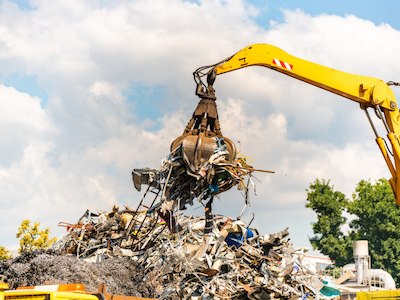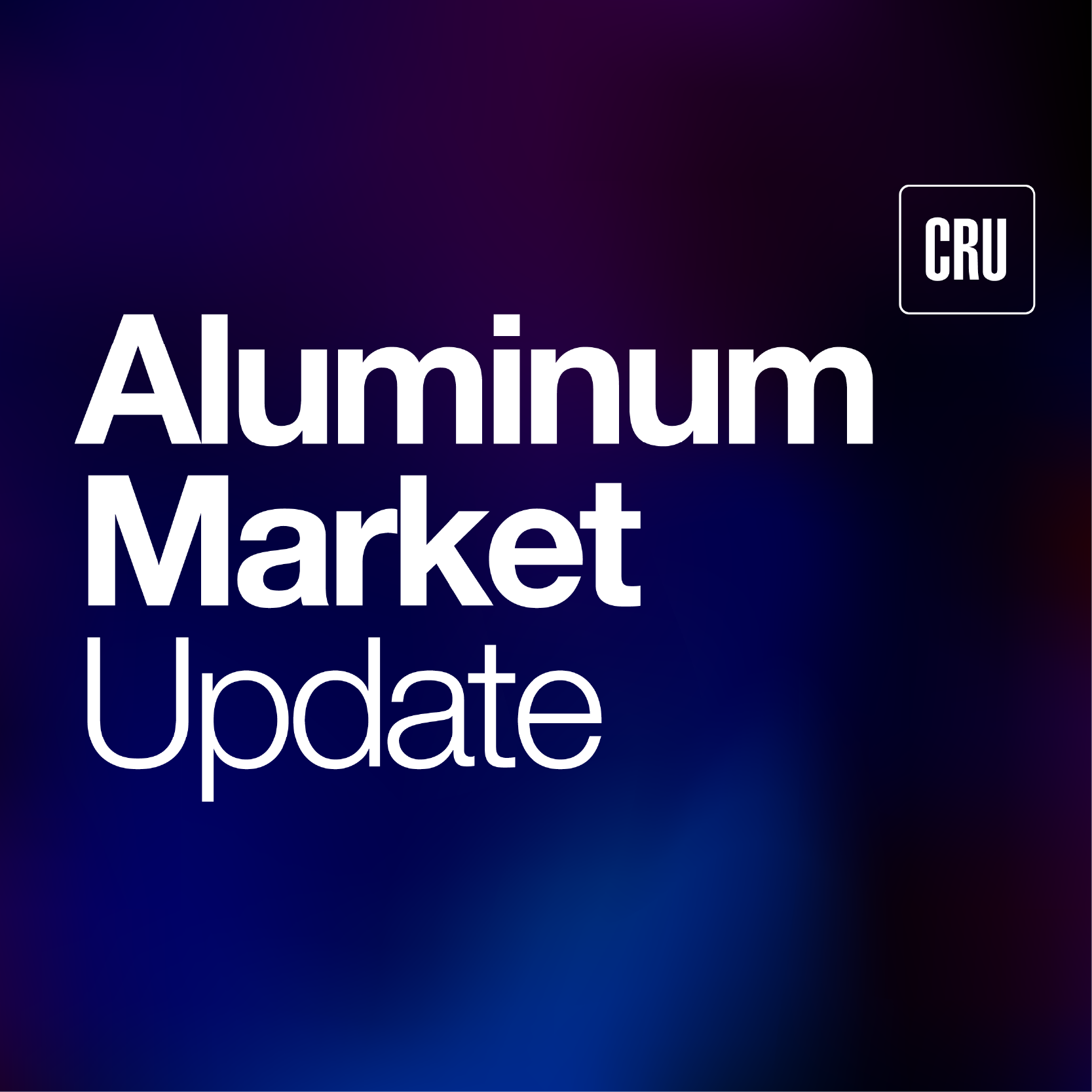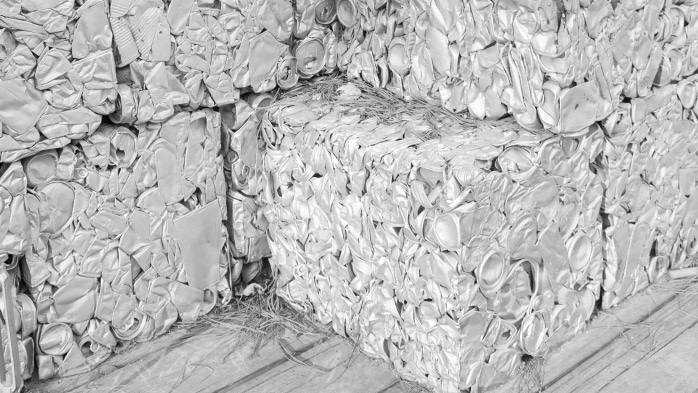Aluminum Scrap Markets

January 3, 2025
2024 in Review: Aluminum and scrap markets navigate a year of change
Written by Gabriella Vagnini
As 2024 wraps up, the aluminum and scrap industries proved once again that they’re anything but predictable. From the chaos of the election to decarbonization pushes, trade policy shifts, and changing market dynamics, this year brought big moments that reshaped the landscape. Looking ahead to 2025, let’s take a closer look at the highlights and what they might mean going forward.
One of the biggest announcements came late in the year when China’s Ministry of Finance said it would remove the 1.5% import tariff on aluminum scrap (HS codes 7602) starting January 1, 2025. This move is expected to drive up scrap imports, boost China’s green initiatives, and fit into its low-carbon goals. CRU pointed out that this is part of China’s broader strategy to prioritize high-quality material imports while growing domestic demand. For the global aluminum scrap market, this decision could have ripple effects—opening up trade opportunities and adding fuel to the circular economy.
Decarbonization was a huge focus throughout 2024
Big players like Hydro and Alcoa doubled down on low-carbon aluminum investments, driven by regulations and the rising demand for sustainable products. But the cost challenge kept popping up. A mid-year survey summed it up well: “Sustainability is great, but without affordable options, it’s tough to scale.” Even with these hurdles, the industry kept pushing toward greener solutions, working to find the balance between costs and customer demands.
Trade policy was another major factor
By year’s end, the US Midwest Premium hit 22.4–22.6 cents per pound, reflecting market reactions to ongoing trade tensions and policy updates. Mexico also made waves by ending its anti-dumping duties on Chinese aluminum foil imports. With no domestic manufacturers filing for a sunset review, the six-year measure officially expired on December 28. This shift could lead to more competitive pricing and increased supply in the region, especially as the incoming Trump administration considers new tariffs on Mexico. Companies like SDI, expanding their ADI facilities in both the US and Mexico, are already feeling the pressure.
North America continued to grow its scrap processing capacity to ease supply chain challenges. Mexican aluminum producer ARZYZ stood out, investing heavily in billet and alloy production—a move that’s reshaping cross-border trade. Meanwhile, India’s MAAN Aluminum doubled its extrusion capacity, adding a new press capable of handling all series alloys. This not only boosted MAAN’s global competitiveness but highlighted how innovation is driving the aluminum industry forward worldwide.
On the primary front
China’s Chalco completed a major upgrade at its Qinghai facility, launching a 500kt production line in record time. It’s another example of how quickly major players are scaling up to meet demand.
Throughout the year, industry surveys revealed recurring concerns. Decarbonization remained a top priority, but questions lingered about how to cover costs without pushing them onto consumers. Labor shortages and supply chain disruptions also stayed high on the list, driving companies to invest in automation and workforce training. By the close of 2024, there was some cautious optimism that these investments might start paying off in 2025.
Looking ahead
2025 brings new challenges and opportunities. Inflation is expected to ease, and with interest rates stabilizing, aluminum demand could see a boost. The energy transition will continue to drive the industry, with EVs, renewables, and lightweight construction leading the charge. However, Trump’s election win has raised concerns about whether decarbonization efforts, even with government incentives, might hit funding roadblocks.
CRU forecasts annual growth of 3% to 5% in aluminum demand, particularly for casthouse shapes like billet and slab. But with rapid alumina capacity growth in Indonesia and India, prices could face downward pressure, raising questions about how the market will handle the increased supply.
Looking back on 2024, it’s clear this was a year of resilience and adaptation. The aluminum and scrap industries navigated shifting policies, expanded renewable efforts, and tackled supply chain challenges head on. With big changes ahead, like China lifting scrap tariffs and new capacity coming online, 2025 promises to bring more opportunities and challenges for the industry. Only time will tell, and of course January 20th will be a big indicator when Trump gets sworn into office. Ironically just before Chinese New Year, when we historically see major shifts in either LME warranting and pricing in the aluminum markets.







